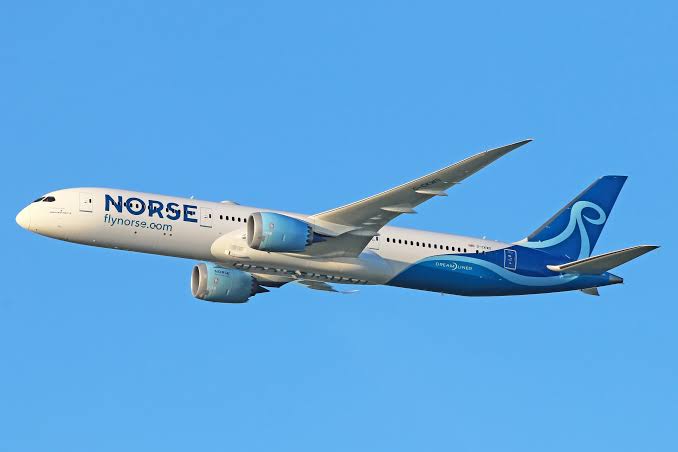By: Muhammad Daniyal Kamal
We will be talking about a climate hero. Food, fertilizer, plastic – this green machine can do it all, proving its worth.
We are on the verge of revolution. It even serves its role by sucking the carbon dioxide out of the atmosphere and reducing the methane in cow burps.
And yes, we all have to thank it for all life on Earth. So what are we talking about?
It is algae, 3.5 billion years old, and we are at our starting point to figure out its true potential.
The story starts when Earth was a hot soup, full of toxic chemicals long ago. No animals, no plants! Cyanobacteria also known as blue-green algae, was responsible for changing all the world.
Cyanobacteria are vitally one of the most mesmerizing group of organisms. There is a truth that we are now living in a world which has oxygen in the atmosphere. This was made possible due to the phenomenon of the Green Oxygenation Event, which took place a couple of billion years ago when cyanobacteria started producing oxygen and thereby created the world where we live today.
Cyanobacteria are also termed as “microalgae” – very small. Macroalgae on the other side, is that type that washes up on the beach, and what many call “seaweed.”
Algae are actually styled to be like the plants in the oceans, thus doing the identical process plants do on land, which is nonetheless “photosynthesis.” So they take up carbon dioxide and convert it using the sunlight. When the algae consumes the carbon from the oceans, the oceans immediately absorb the carbon from the atmosphere because it’s in constant equilibrium. This means if you remove something, it needs to get equilibrated with the atmosphere again.
Ocean algae absorb one-quarter to a third of global CO2 emissions every year. The magic is that all algae do this even if they are not in the ocean. So no matter what it is used for, growing algae captures CO2.
We, humans have been using the algae for thousands of years. Indigenous people from America to East Asia are the original seaweed farmers. Seaweed was also introduced in the oldest known Japanese poetry. From Ireland, a type called Irish moss is used worldwide as the food additive carrageenan. Algae had also helped people to survive the Great Famine of the 1840s.
Today, algae aquaculture is well-developed in Asia, where it makes up a large part of the cuisine. It can also be in toothpaste, cosmetics and medication. Growing the algae means to capture the CO2. However, greenhouse gas reduction is not the main aim. This is about to be switched because using the algae as animal feed, fertilizer and bioplastics also diverts the emissions from polluting industries.
Let’s just talk a bit about the plastic. Some algae naturally contain and produce a bioplastic named PHB. It has the ability to replace polypropylene, the second most widely used traditional plastic. PHB disintegrates under normal household compost conditions and discharges bo pollutants into the environment, unlike other bioplastics.
Macroalgae can be grown with the help of aquaculture technology. And one of its type has a remarkable property. When Asparagopsis taxiformis is added to the animal feed, it reduces the methane from the livestock by up to 82 percent.
Livestock release methane, a byproduct of digestion that is produced in their stomachs. Compounds in this seaweed appear to stop the gas from forming in the first place.
A study found that global agricultural emissions could be offset by using two percent of the ocean to farm and sink seaweed. Why have we not started it till now?
The missing piece to this key is funding. The incentives to support CO2 capture need to be in focus as well with algae farming in attention.
The is a student at Quaid-i-Azam University, Islamabad. He can be reached at [email protected]













